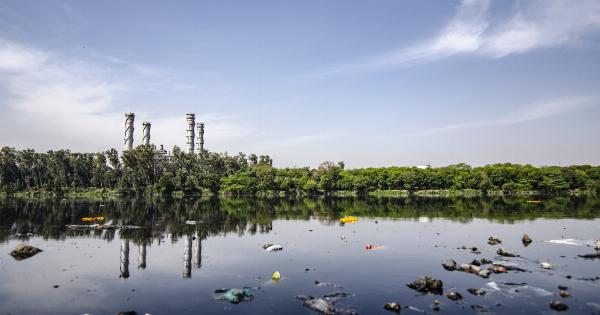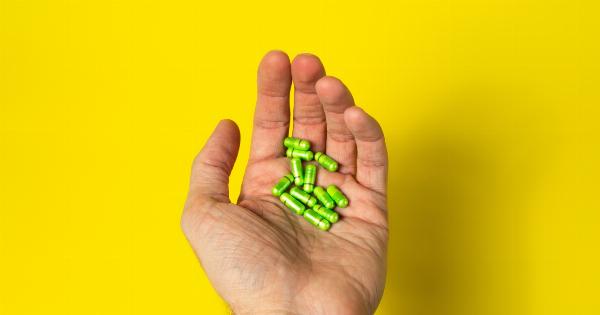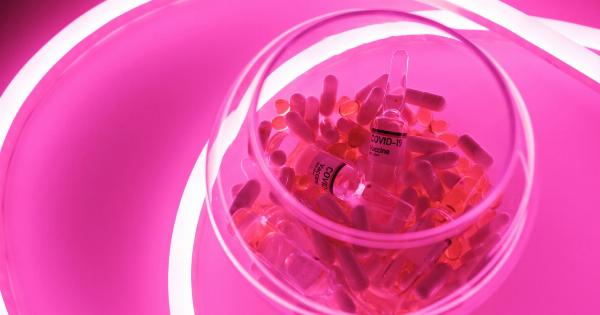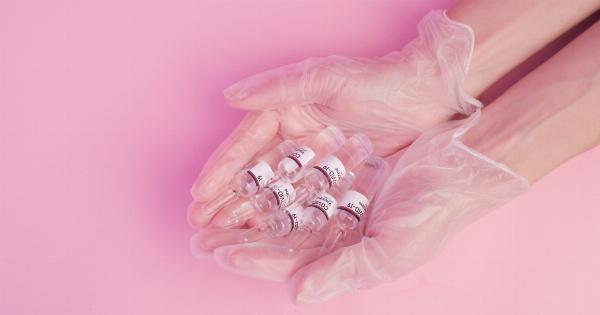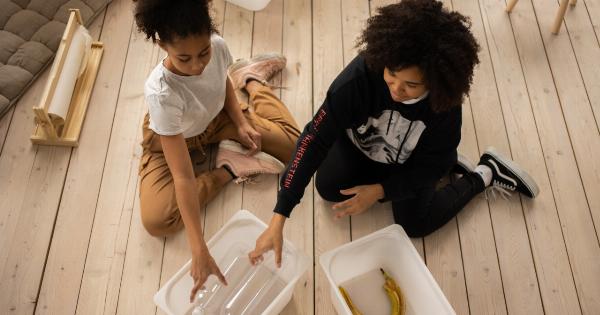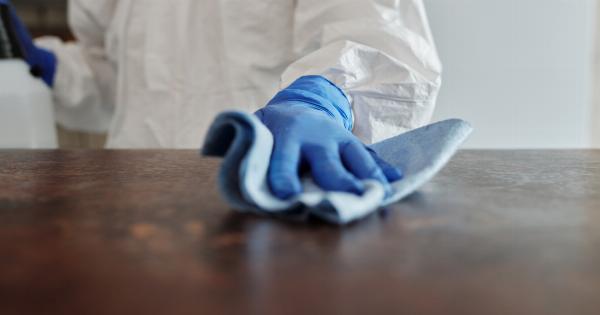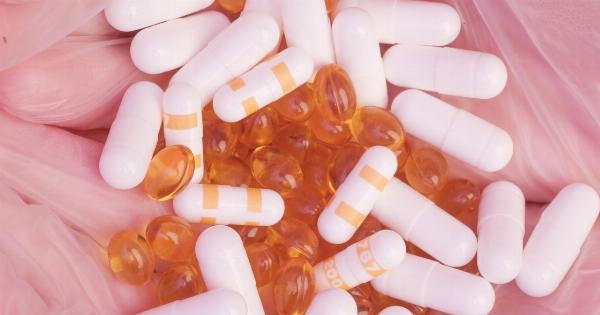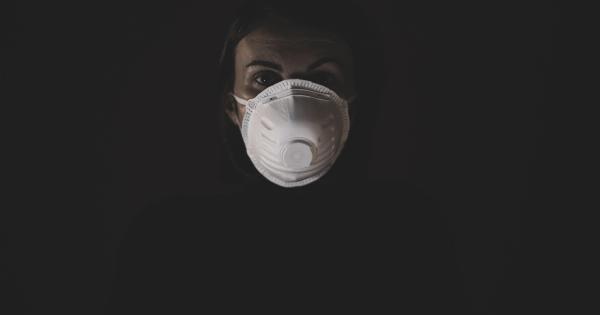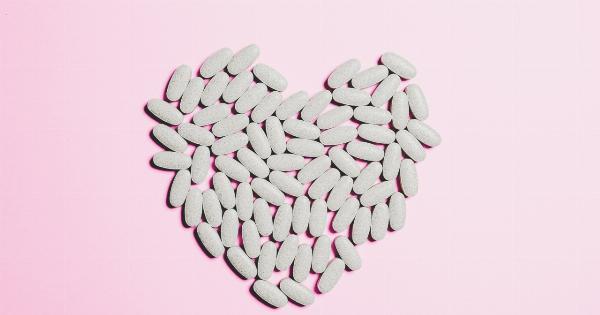Antibiotics are crucial for treating bacterial infections, but their overuse and misuse have contributed to the emergence of antibiotic-resistant bacteria.
This has become a widespread problem in the healthcare industry, but it is increasingly becoming a problem in the environment as well. Rivers contaminated with antibiotics are becoming a rising concern.
What are antibiotics?
Antibiotics are a type of medication that target and kill bacteria. They are often used to treat bacterial infections such as urinary tract infections, bronchitis, and bacterial pneumonia.
While antibiotics can be incredibly effective at treating such infections, they are not effective against viral infections like the common cold or the flu.
Why are antibiotics overprescribed?
Antibiotics can be overprescribed for a number of reasons. One reason is that patients may request them even when they are not necessary.
This could be due to patient expectations, a desire to feel better quickly, or a misunderstanding of the cause of their symptoms. Healthcare providers may also prescribe antibiotics when they are not necessary due to a lack of knowledge or the fear of complications if they do not prescribe them.
What is antibiotic resistance?
Antibiotic resistance occurs when bacteria develop the ability to resist the effects of antibiotics. This can happen when the bacteria are exposed to antibiotics over a period of time and some strains of bacteria are not killed by the antibiotics.
These strains of bacteria can then multiply and spread, becoming more resistant to antibiotics with each subsequent exposure.
How do antibiotics end up in rivers?
The overuse and misuse of antibiotics in both human and animal populations can lead to the development of antibiotic-resistant bacteria. When these bacteria are excreted in urine or feces, they can end up in the environment through wastewater.
Wastewater treatment plants are not equipped to remove all antibiotics from wastewater, so trace amounts of antibiotics can end up in rivers and other bodies of water.
What are the risks associated with antibiotic-contaminated water?
Antibiotic-contaminated water can pose a number of risks to humans and the environment. For humans, exposure to antibiotic-resistant bacteria can lead to the development of infections that are difficult, if not impossible, to treat.
For the environment, antibiotic contamination can lead to the disruption of the ecological balance of rivers and other water sources. It can also lead to the development of antibiotic-resistant bacteria in aquatic organisms, which could then spread to other organisms and eventually to humans that consume them.
What can be done to prevent antibiotic contamination of rivers?
One way to prevent antibiotic contamination of rivers and other bodies of water is to reduce the overuse and misuse of antibiotics.
This can be done by only using antibiotics when they are necessary and appropriate, and by improving education and awareness about the potential risks associated with antibiotic use. Veterinary and agricultural industries can also help by reducing the use of antibiotics in animals, where the majority of antibiotics are used.
Additionally, wastewater treatment plants can be upgraded to remove more antibiotics and other pollutants from wastewater before it is released into the environment.
Conclusion
Rivers contaminated with antibiotics are a growing concern. The overuse and misuse of antibiotics is contributing to the development of antibiotic-resistant bacteria, which can spread to the environment and pose a risk to human and animal health.
Reducing the overuse and misuse of antibiotics, improving education and awareness, and upgrading wastewater treatment plants are all important steps that can be taken to prevent the contamination of rivers and other bodies of water with antibiotics.

